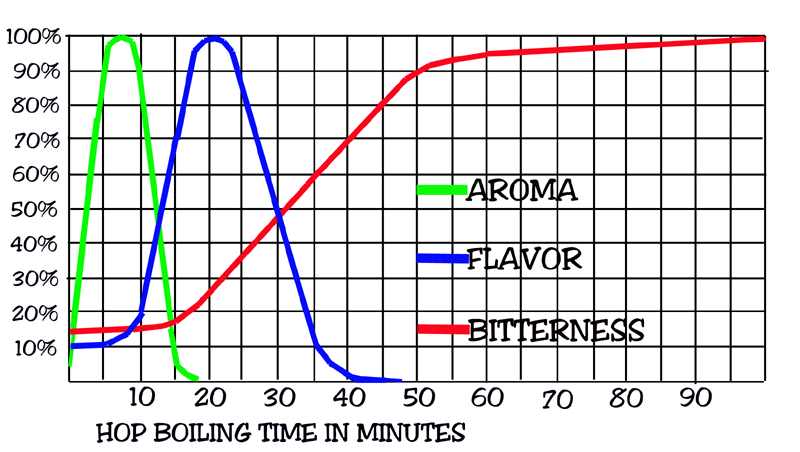I got in to brewing while living in Death Valley. I was either at or below sea level. Now I'm living between 6500-7000. I can taste a noticeable difference in my beer. Boiling temp went from 212 down to 201 at most 202.
I use beersmith 3 to help with the IBU calculations. I can use the program to trust that side of it, but theres more to hops than just bitterness. I can scale the 60 min hop addition easy, but what about the 30 minadditions, or the whirlpool additions. Sure beersmith will give me a number for IBUs, but it won't help with flavor. That to me seems immeasurable.
Are there any good resources to help me scale my favorite recipes from below sea level to mile high brewing?
I use beersmith 3 to help with the IBU calculations. I can use the program to trust that side of it, but theres more to hops than just bitterness. I can scale the 60 min hop addition easy, but what about the 30 minadditions, or the whirlpool additions. Sure beersmith will give me a number for IBUs, but it won't help with flavor. That to me seems immeasurable.
Are there any good resources to help me scale my favorite recipes from below sea level to mile high brewing?














































![Craft A Brew - Safale S-04 Dry Yeast - Fermentis - English Ale Dry Yeast - For English and American Ales and Hard Apple Ciders - Ingredients for Home Brewing - Beer Making Supplies - [1 Pack]](https://m.media-amazon.com/images/I/41fVGNh6JfL._SL500_.jpg)












